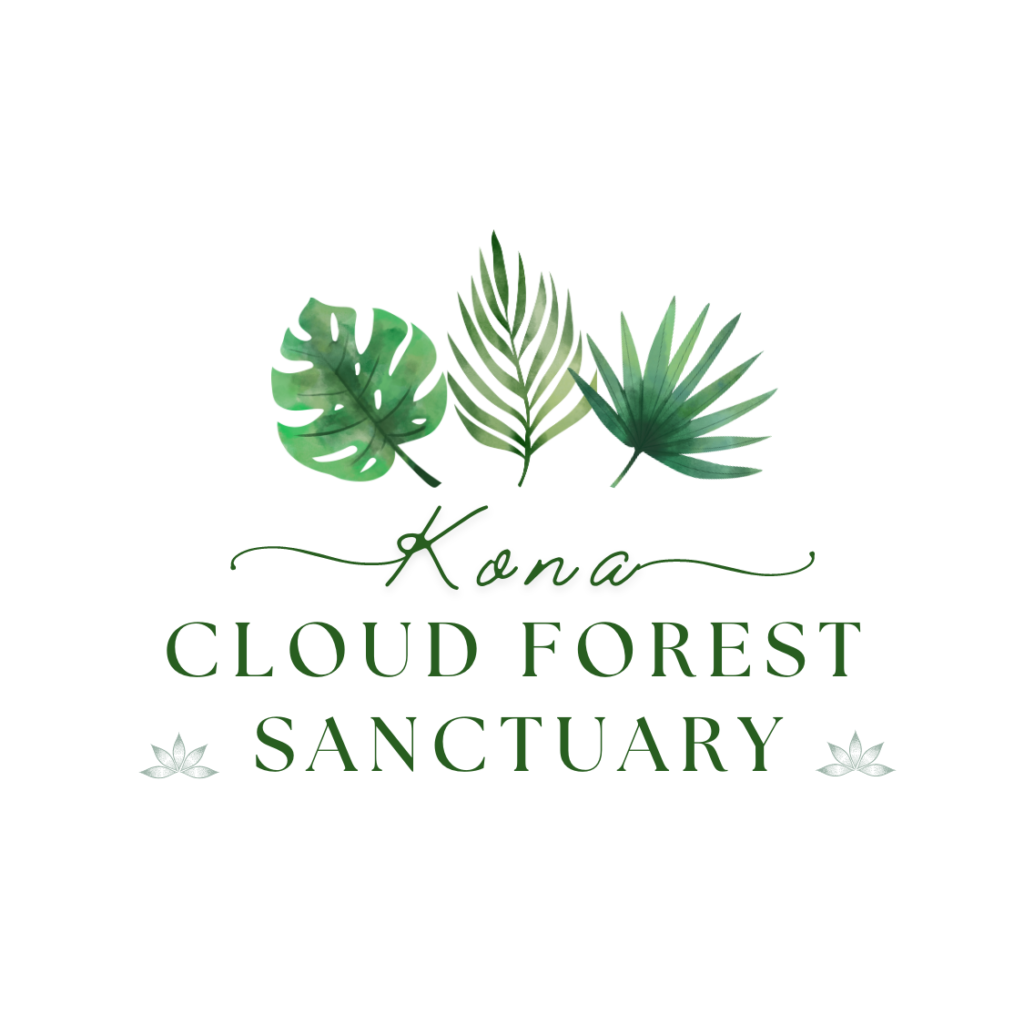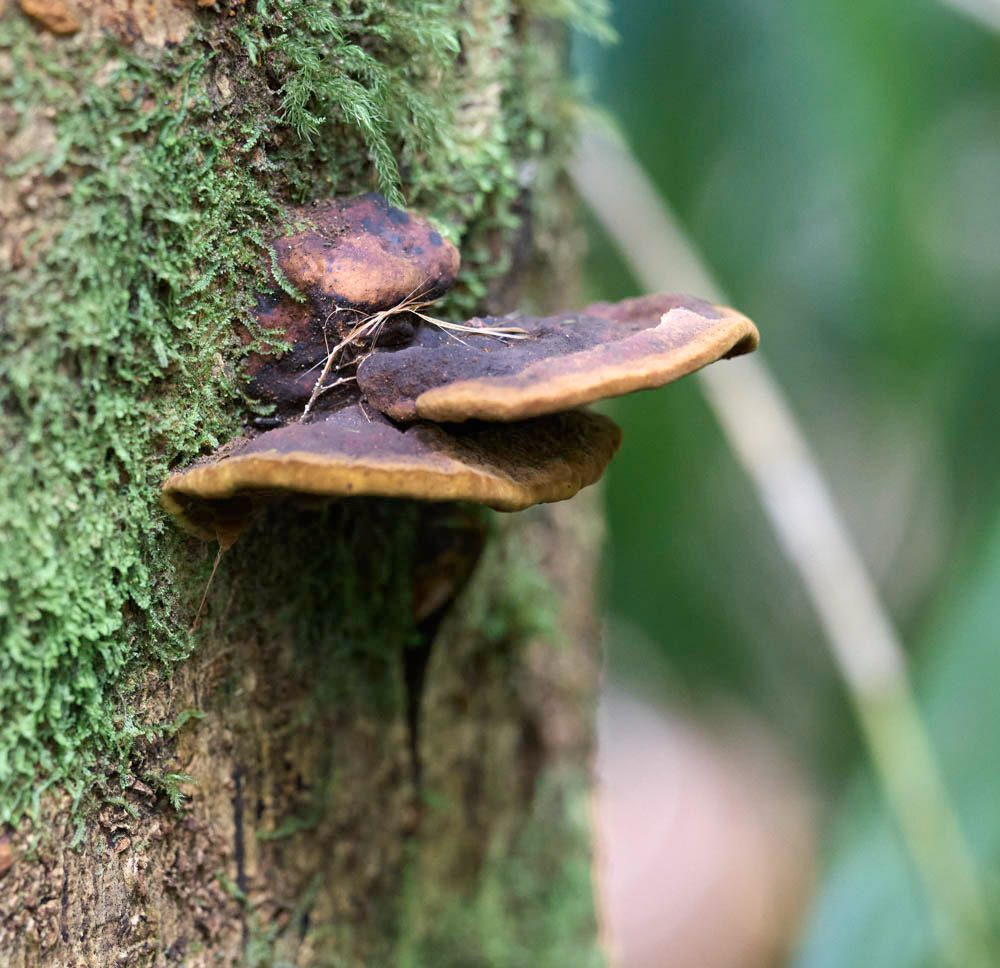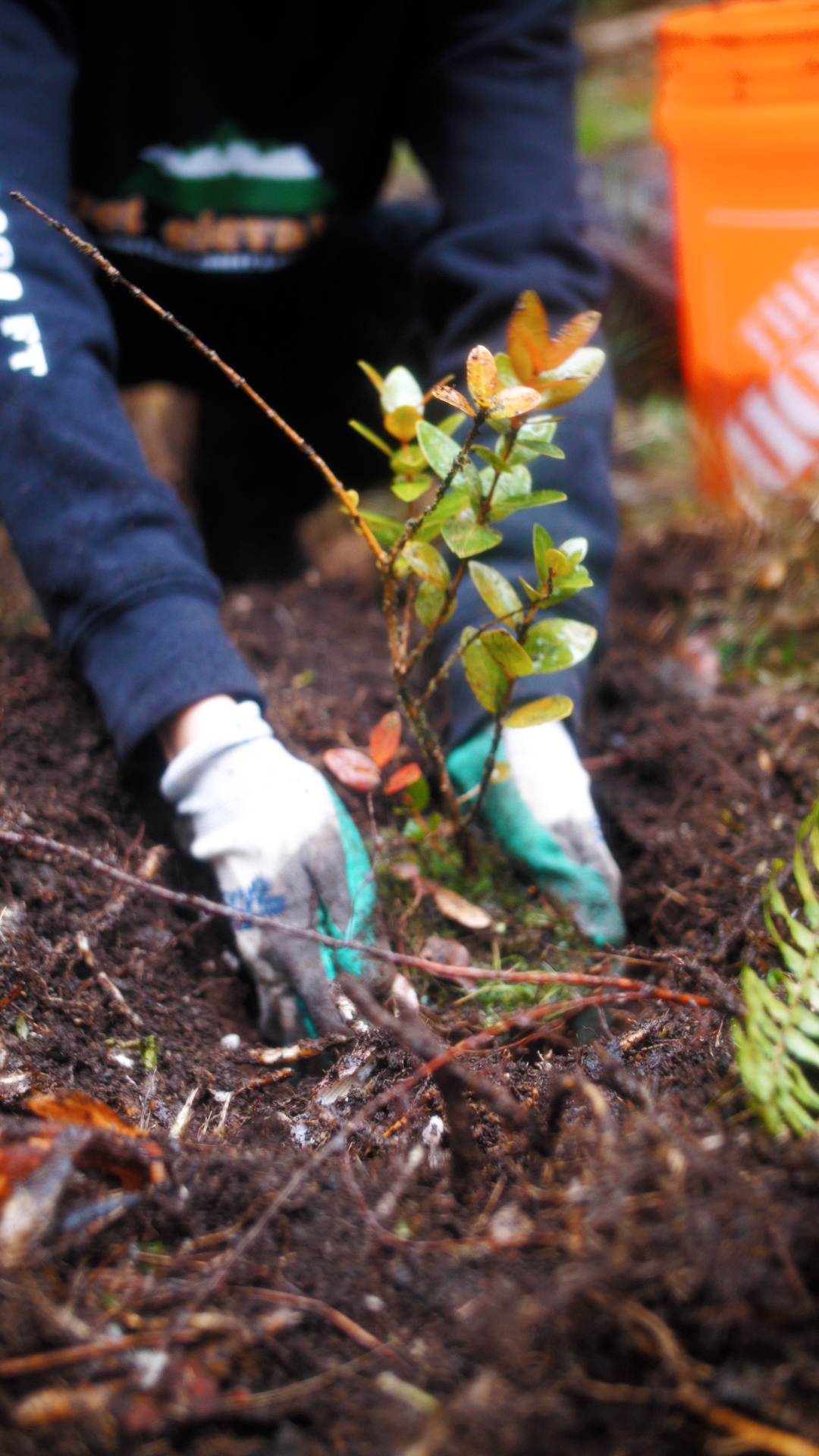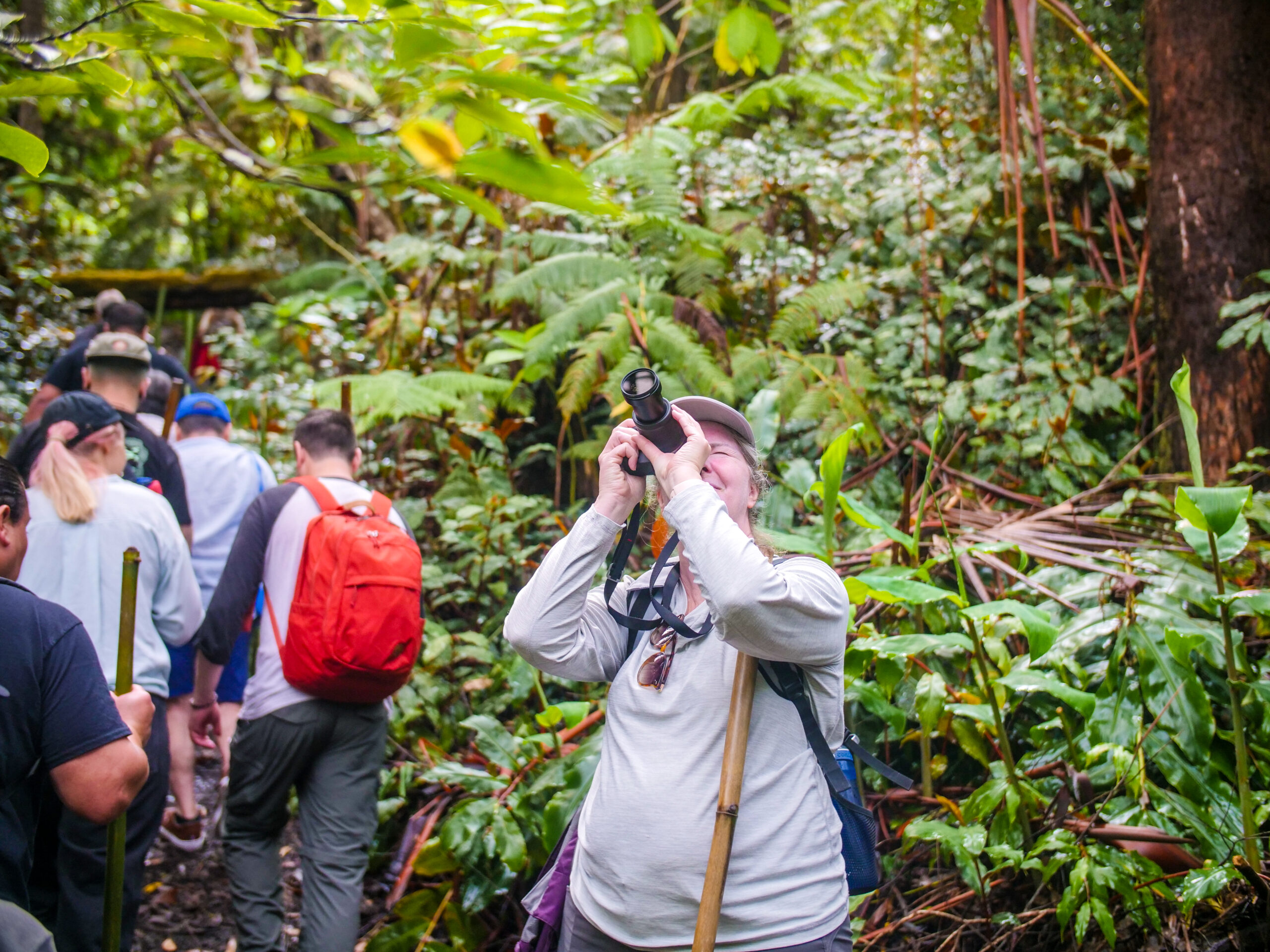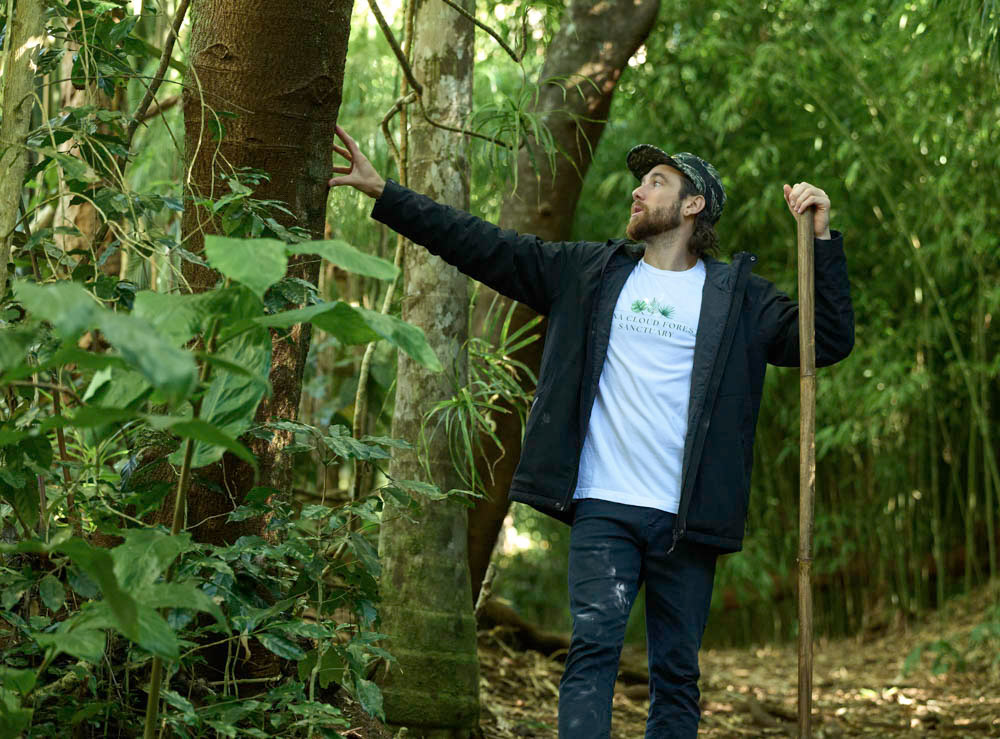Huehue Ranch stands as a testament to Hawaii’s dynamic history, blending the legacies of ancient kings and modern environmental stewardship. Situated on the Big Island, Huehue ranch has evolved significantly since the 1800s, embodying the transformation of the people of Hawaii’s economy and landscape.
King Kamehameha
King Kamehameha the Great, renowned for unifying the Hawaiian Islands, played a crucial role in shaping Hawaii’s early land management practices. His reign in the late 18th and early 19th centuries was marked by strategic alliances and resource management, laying the groundwork for Hawaii’s agricultural practices. Kamehameha’s policies promoted self-sufficiency, with an emphasis on taro farming, fishing, and sustainable land use, principles that echo in today’s Malama Aina.
Economic Transformation in the 1800s
The 1800s brought significant economic changes to Hawaii. The arrival of Western explorers and traders introduced a money-based economy, replacing the traditional barter system. This shift paved the way for new industries, including sugar plantations and ranching. Western ranching techniques began to take root, transforming the islands’ agricultural landscape and introducing cattle as a major economic asset.
The Birth of the Ranching Industry in Hawaii
Ranching in Hawaii started with the gift of cattle to King Kamehameha by Captain George Vancouver in the late 1700s. Initially, the burgeoning cattle population posed problems due to their uncontrolled roaming, leading to damaged crops and land. Over time, Hawaiian ali‘i (chiefs) and Western settlers adapted to these challenges, developing effective ranching practices that would become integral to Hawaii’s economy.
Deforestation and Land Conversion
The rise of the ranching industry brought about extensive deforestation, as large swaths of native forests were cleared to make way for grazing lands. This transformation had profound environmental impacts, including the loss of native flora and fauna. However, the economic benefits of ranching, including job creation and export revenue, were substantial drivers of this land conversion.
Establishment of Huehue Ranch
Huehue Ranch was established during this transformative period. The ranch was founded with the aim of capitalizing on the booming cattle industry. Key figures in its early development included local Hawaiian ali‘i and Western entrepreneurs. The establishment of Huehue Ranch marked the beginning of a new chapter in the people of Hawaii’s economic and environmental history.
Economic Impact of Ranching
The newly formed ranching industry significantly contributed to Hawaii’s economy by providing employment opportunities and supporting local businesses. The export of beef and other cattle products became a vital part of Hawaii’s trade with the mainland United States and other regions. In this period, Huehue played a central role in these economic activities, helping to sustain local communities and drive economic growth.
Challenges Faced by the Ranching Industry
Despite its contributions, the ranching industry faced numerous challenges. Environmental degradation, fluctuating market prices, and competition from other regions posed significant threats. Overgrazing contributed to soil erosion and loss of vegetation, prompting a need for more sustainable practices. The industry had to adapt to these challenges by integrating new practices.
Sustainability and Modern Practices
In response to environmental and economic pressures, modern ranching practices have increasingly emphasized sustainability. Techniques such as rotational grazing, water conservation, and the restoration of native plant species have been adopted. At Huehue Ranch, these practices aim to balance productivity with environmental stewardship, ensuring the health of the land for future generations.
The Concept of Malama Aina
Malama Aina, which translates to “care for the land,” is deeply rooted in the people of Hawaii’s values that emphasize environmental responsibility and sustainability. This concept is not just about conservation; it’s a holistic approach that includes respecting and nurturing the land as a source of life and cultural heritage. Historically, Malama Aina was integral to Hawaiian society, guiding agricultural practices and community relationships.
Integration of Malama Aina at Huehue Ranch
Huehue Ranch has embraced the principles of Malama Aina, integrating them into its operations. Sustainable practices at the ranch include reforestation efforts, the use of renewable energy sources, and community-based conservation programs. By prioritizing ecological health, Huehue Ranch not only preserves the environment but also honors the cultural legacy of Malama Aina.
Community Involvement and Education
Community involvement is central to the mission of Huehue Ranch. The ranch offers educational programs that teach visitors and locals about sustainable ranching practices and the history of the land. These initiatives foster a deeper understanding and appreciation of Hawaii’s natural and cultural heritage, encouraging active participation in conservation efforts.
The Future of Huehue Ranch
Looking ahead, Huehue Ranch aims to continue its legacy of innovation and sustainability. Future plans include expanding conservation areas, enhancing eco-tourism opportunities, and further integrating advanced technologies to improve efficiency and reduce environmental impact. The ranch’s commitment to sustainable practices ensures that it will remain a vital part of Hawaii’s cultural and economic landscape.
Conclusion
Huehue Ranch exemplifies the evolution of Hawaii’s agricultural and economic practices from the era of King Kamehameha to the present day. By balancing economic growth with environmental stewardship, the ranch not only contributes to the local economy but also preserves the cultural and natural heritage of the people of Hawaii. The principles of Malama Aina, deeply embedded in the ranch’s operations, serve as a guiding light for future generations.
FAQs
What makes Huehue Ranch unique?
Huehue Ranch stands out for its historical significance, blending the legacy of King Kamehameha’s land management practices with modern sustainable ranching. The integration of Malama Aina principles also sets it apart, emphasizing the environmental stewardship and cultural heritage of the people of Hawaii.
How has ranching influenced the culture of Hawaii?
Ranching has played a significant role in shaping the people of Hawaii’s economy and culture. Ranching introduced new agricultural practices and contributed to economic growth, while also impacting the environment and local communities. The cultural exchange between Hawaiian ali‘i and Western settlers during the ranching industry’s development has left a lasting legacy.
What are the main sustainable practices at Huehue Ranch?
Huehue Ranch employs various sustainable practices, including rotational grazing, water conservation, reforestation, and the use of renewable energy sources. These efforts aim to balance productivity with environmental preservation, ensuring the health of the land for future generations.
How can visitors learn about the ranch’s history and practices?
Visitors to Huehue Ranch can participate in educational programs, guided tours, and community events that provide insights into the ranch’s history, sustainable practices, and the concept of Malama Aina. These programs are designed to foster a deeper understanding and appreciation of Hawaii’s natural and cultural heritage.
What role does the community play in the ranch’s operations?
The community plays a vital role in Huehue Ranch’s operations through involvement in conservation programs, educational initiatives, and local partnerships. By engaging the community, the ranch ensures that its sustainable practices and cultural values are upheld and promoted.
Are you looking for a one of a kind experience on your next trip to the Island of Hawai’i? Come see us at the Cloud Forest Sanctuary! Enjoy guided Mindful forest experiences in the only seasonally dry tropical cloud forest in the United States. Relax with a sound bath meditation session, experience yoga, learn about forest conservation, or participate in our workshops and events. Hope to see you soon!
